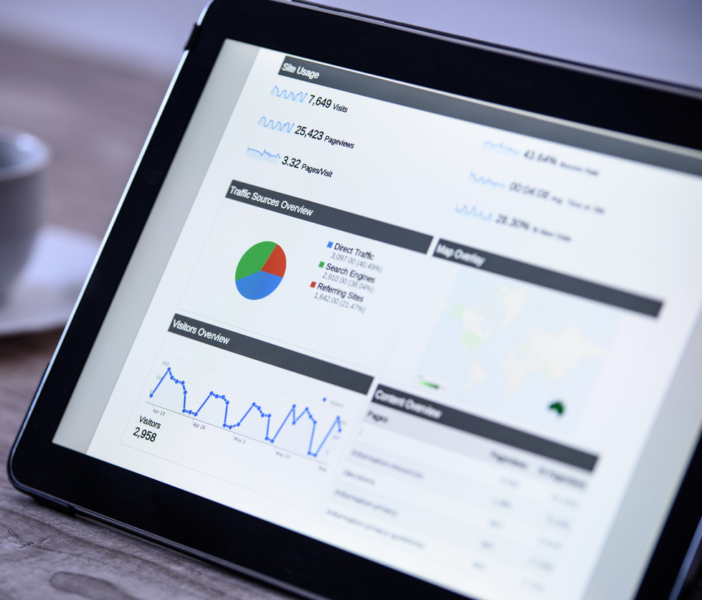If I was blindfolded, would you let me drive with you in the passenger seat? Probably not. (If yes seek help) It may be a bit dramatic, but that’s a visual of what it’s like making business decisions without real data. Guessing is dangerous and expensive. Sure, that’s good advice for every department – but it’s especially important when making data driven business decisions related to your website. Those decisions can affect your bottom line. Trust me, I own a web design agency.

You’d think every business owner with a website and every digital marketing agency would be diligent about setting up conversion tracking. That’s not the case. Far from it actually. Everybody has their excuses; “I haven’t gotten around to it, too busy, don’t know how…”
Fishing (for real) Can Teach You About Conversions
Have you ever been fishing, had a fish on the line, and then lost it? It’s a sucky feeling. But at the same time you get excited. It’s kind of weird. You’re bummed because you lost a fish, and you’re excited because you know you’re in the right spot. Time to try again. Knock knock. Who’s there? Opportunity.

In case you don’t get it here’s the skinny. Catching a fish is what we’d call a macro conversion – it’s the main thing what you want to happen. Getting a bite but not catching it – that’s a micro conversion. Both are important. And the same concept applies to conversions on a website.
Micro Conversions
I’d venture to say these are the most under measured web conversions. And it’s a shame because they’re so valuable.

Micro conversions on a website are the actions people take right before converting. They’re often actions like:
- Partial contact form entries
- Items added to cart but not purchased
- Watched a video
Measuring micro conversions on your website will give you the data you need to make decisions resulting in more macro conversions.
- People are adding to cart but not buying – is your price too high?
- People on phones are filling out forms but never submitting – is there a design issue for mobile devices?
Not measuring micro conversions is like not realizing you’re constantly getting bites while fishing and assuming you need to change spots. You’ll make bad guesses.
Macro Conversions
These are the website conversions everyone is used to talking about – and for a good reason. They’re the primary conversion actions you want people to do on your website.
Usually macro conversions are actions like:
- Phone call
- Contact form
- Purchase
- Signup
Unlike micro conversions, there’s a near universal realization of the importance of tracking macro goal conversions. It’s just a matter of setting it up.
Using Web Analytics Instead of Spreadsheets

I see a lot of business owners (and shockingly marketing companies too) count and save their macro conversions in a spreadsheet. Don’t get me wrong, counting is great. And sometimes you need to confirm your web conversions are authentic (like excluding spam submission forms tracked in analytics). But counting spreadsheet rows isn’t enough to make good decisions – or any decisions really. It’s just for counting. You need to measure your web conversions in an analytics platform.
Here are two reasons why:
- Without web analytics you won’t be able to measure micro conversions. At all. That means you can’t improve your macro conversions. (Do you want to throw your money away or should I?)
- Conversion tracking with web analytics will give you valuable behavior information like:
- What pages/products are/aren’t people converting on?
- What devices are/aren’t converting?
- What pages do people visit after they do a micro/macro conversion?
- What traffic sources convert the most/least?
Do What Nikes Says
You know what I’m going to say. Just do it. Set up both micro and macro conversion tracking as best as you can. If you know how to do it yourself – do it. If you have to hire a web designer or developer to set it up for you – do it. The longer you wait, the more opportunities you’ll miss.










